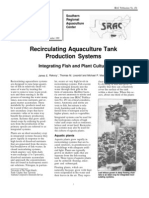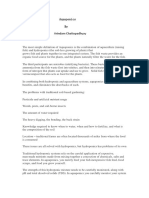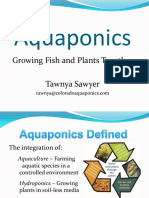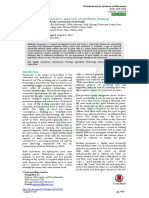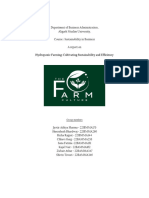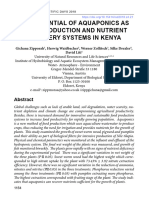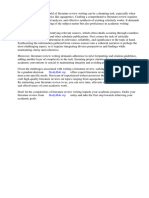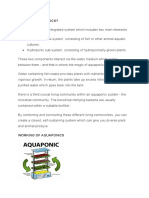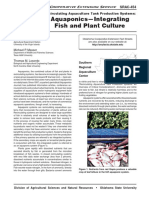0% found this document useful (0 votes)
50 views16 pagesIAT 2 UA Answerkey
The document is an answer key for an internal exam on urban agriculture at St. Xavier's Catholic College of Engineering. It covers various topics including hydroponics, aquaponics, vertical gardening, forest gardening, and shade net systems, highlighting their benefits, methods, and applications in urban settings. The content is structured into parts with specific questions and detailed explanations of sustainable agricultural practices.
Uploaded by
renitCopyright
© © All Rights Reserved
We take content rights seriously. If you suspect this is your content, claim it here.
Available Formats
Download as PDF, TXT or read online on Scribd
0% found this document useful (0 votes)
50 views16 pagesIAT 2 UA Answerkey
The document is an answer key for an internal exam on urban agriculture at St. Xavier's Catholic College of Engineering. It covers various topics including hydroponics, aquaponics, vertical gardening, forest gardening, and shade net systems, highlighting their benefits, methods, and applications in urban settings. The content is structured into parts with specific questions and detailed explanations of sustainable agricultural practices.
Uploaded by
renitCopyright
© © All Rights Reserved
We take content rights seriously. If you suspect this is your content, claim it here.
Available Formats
Download as PDF, TXT or read online on Scribd
/ 16






